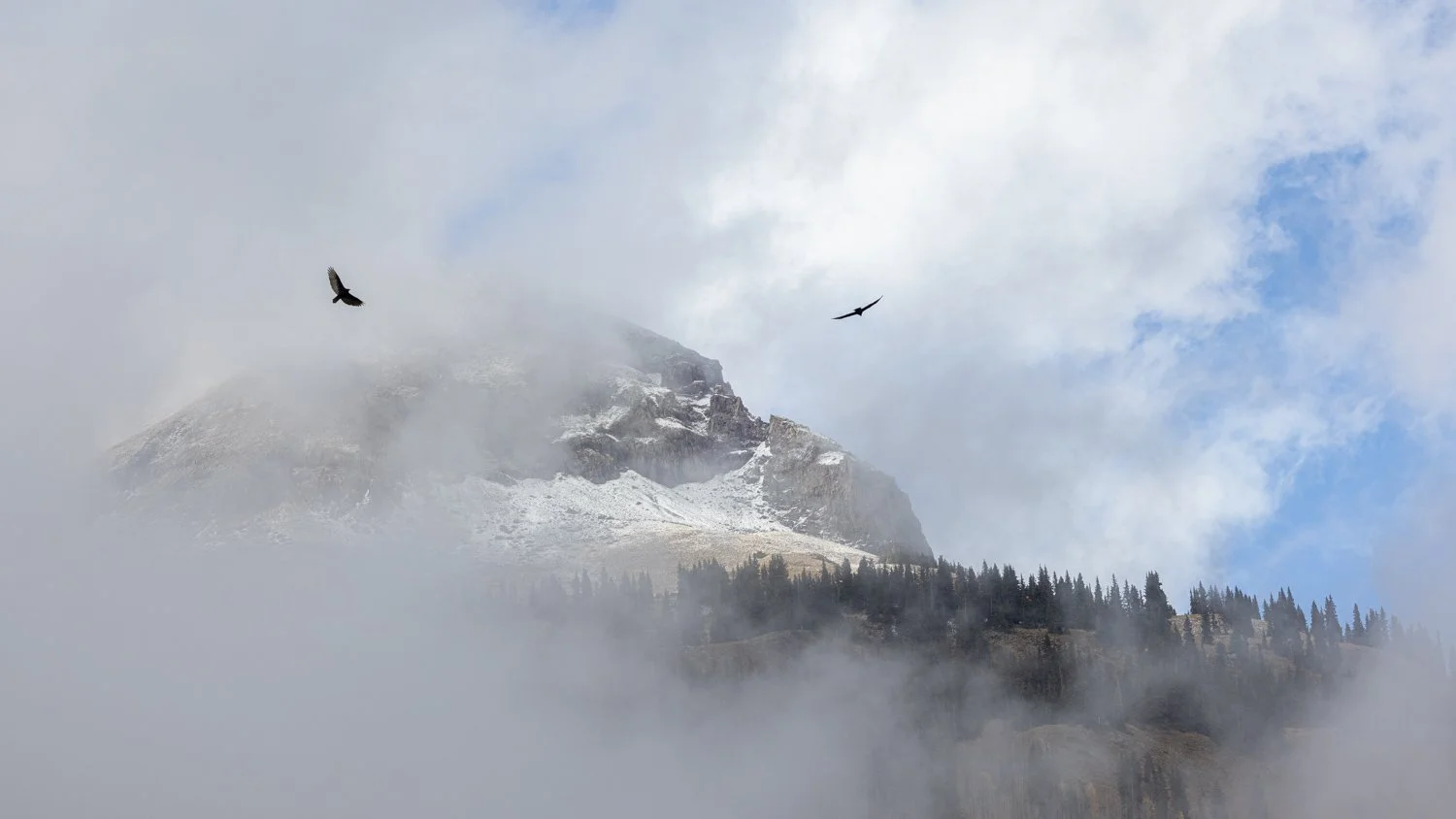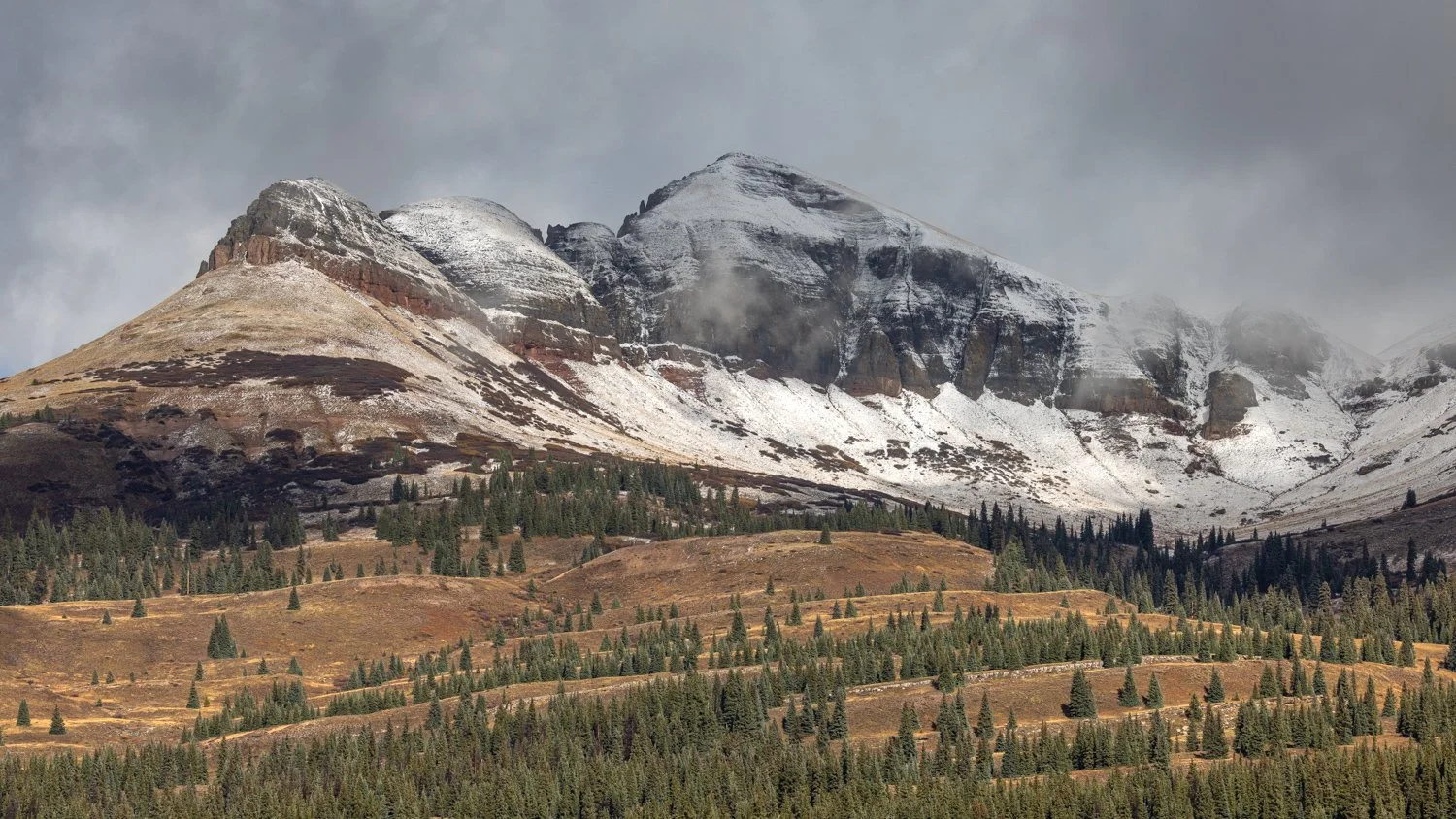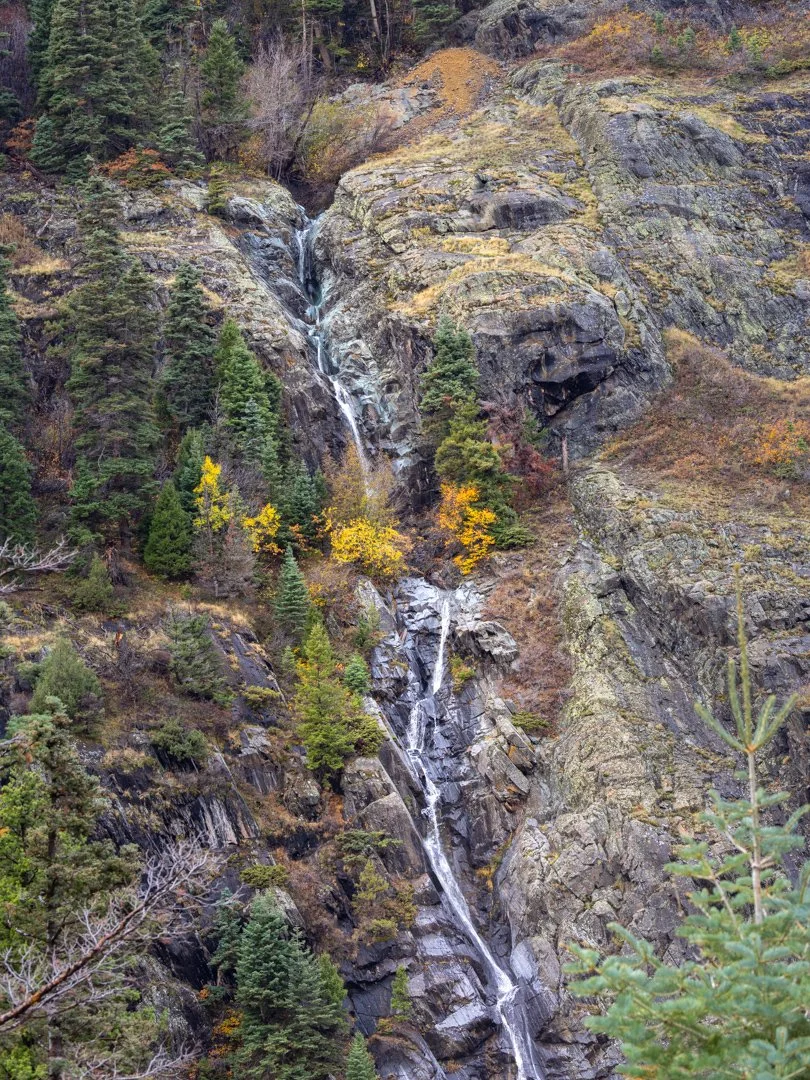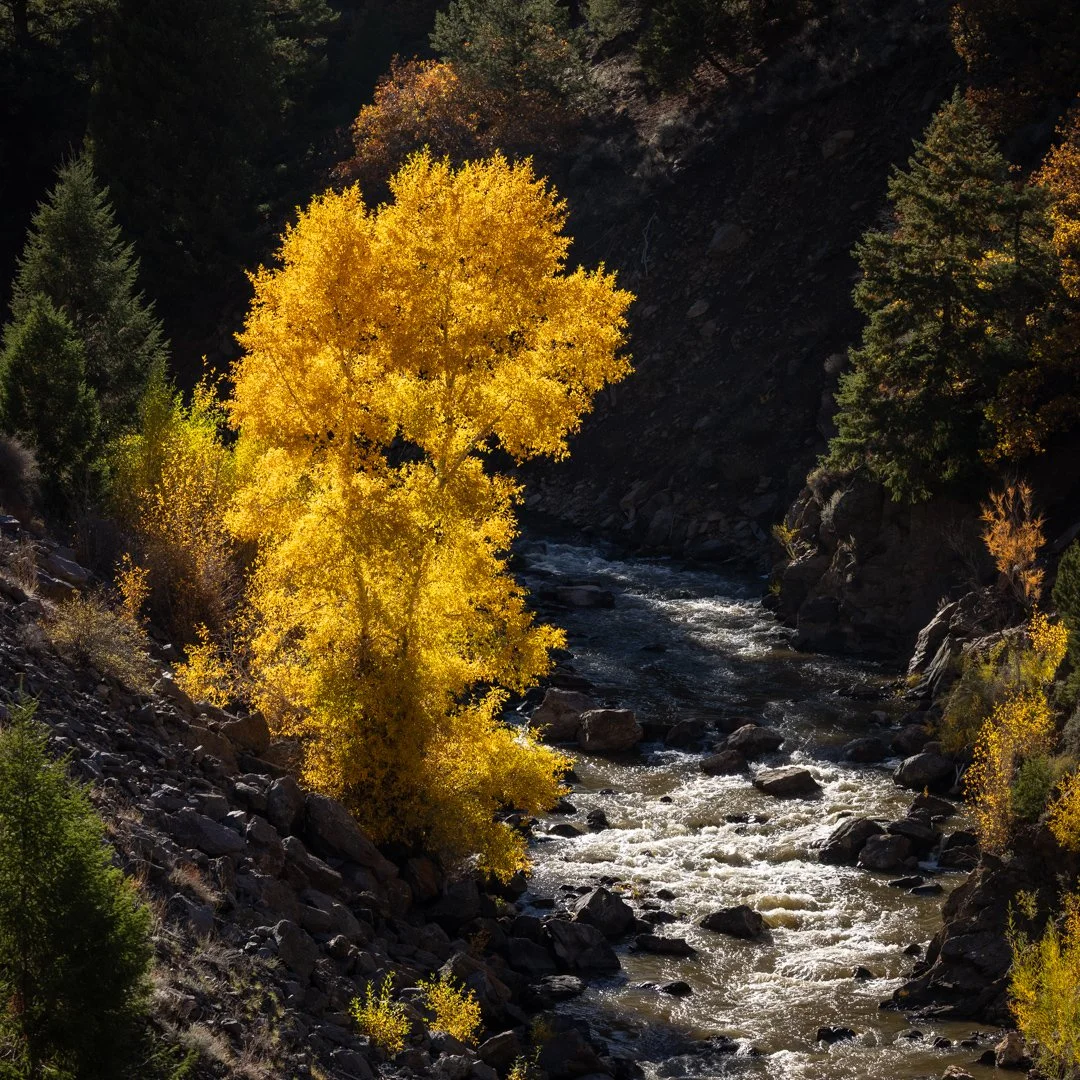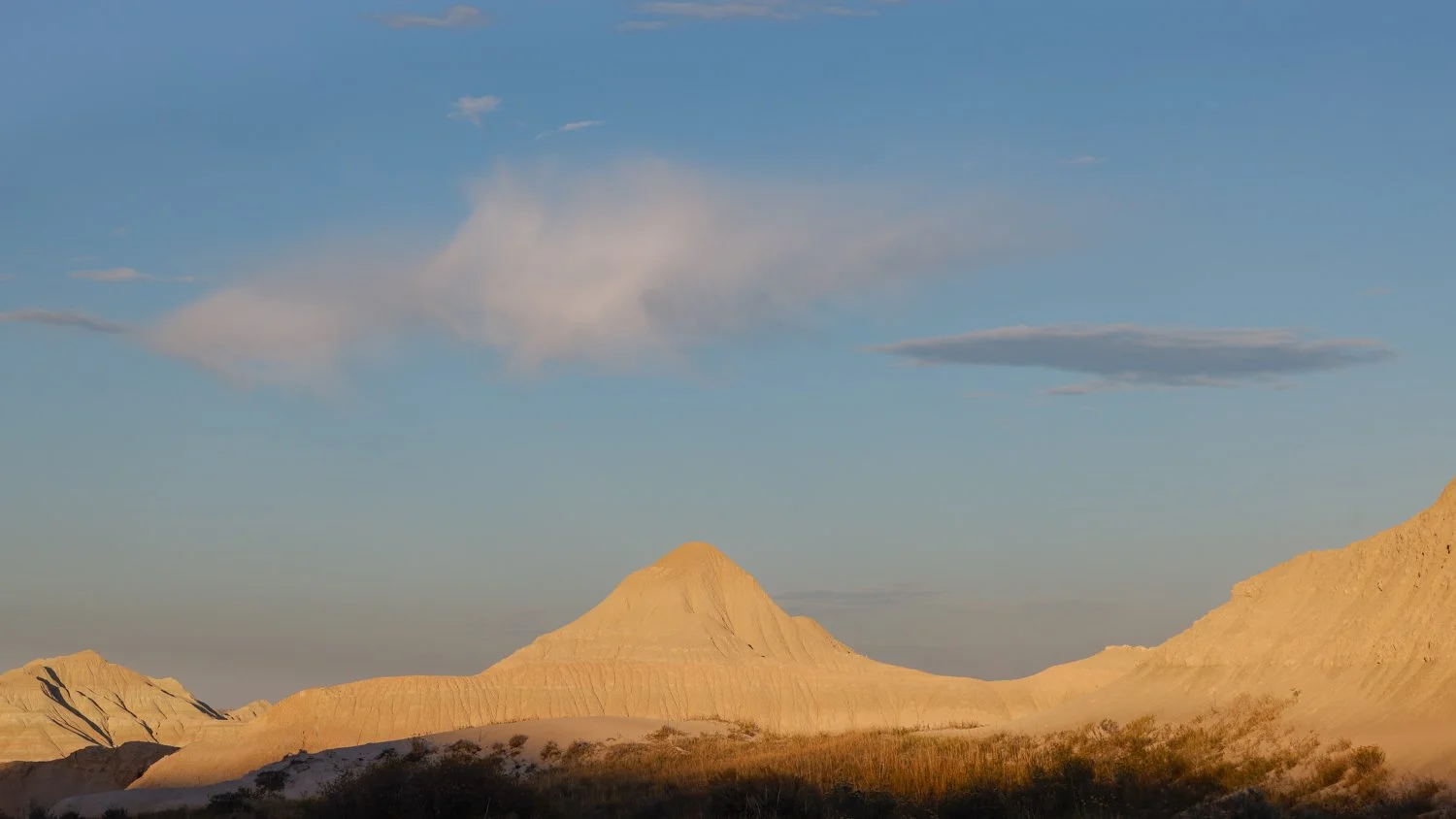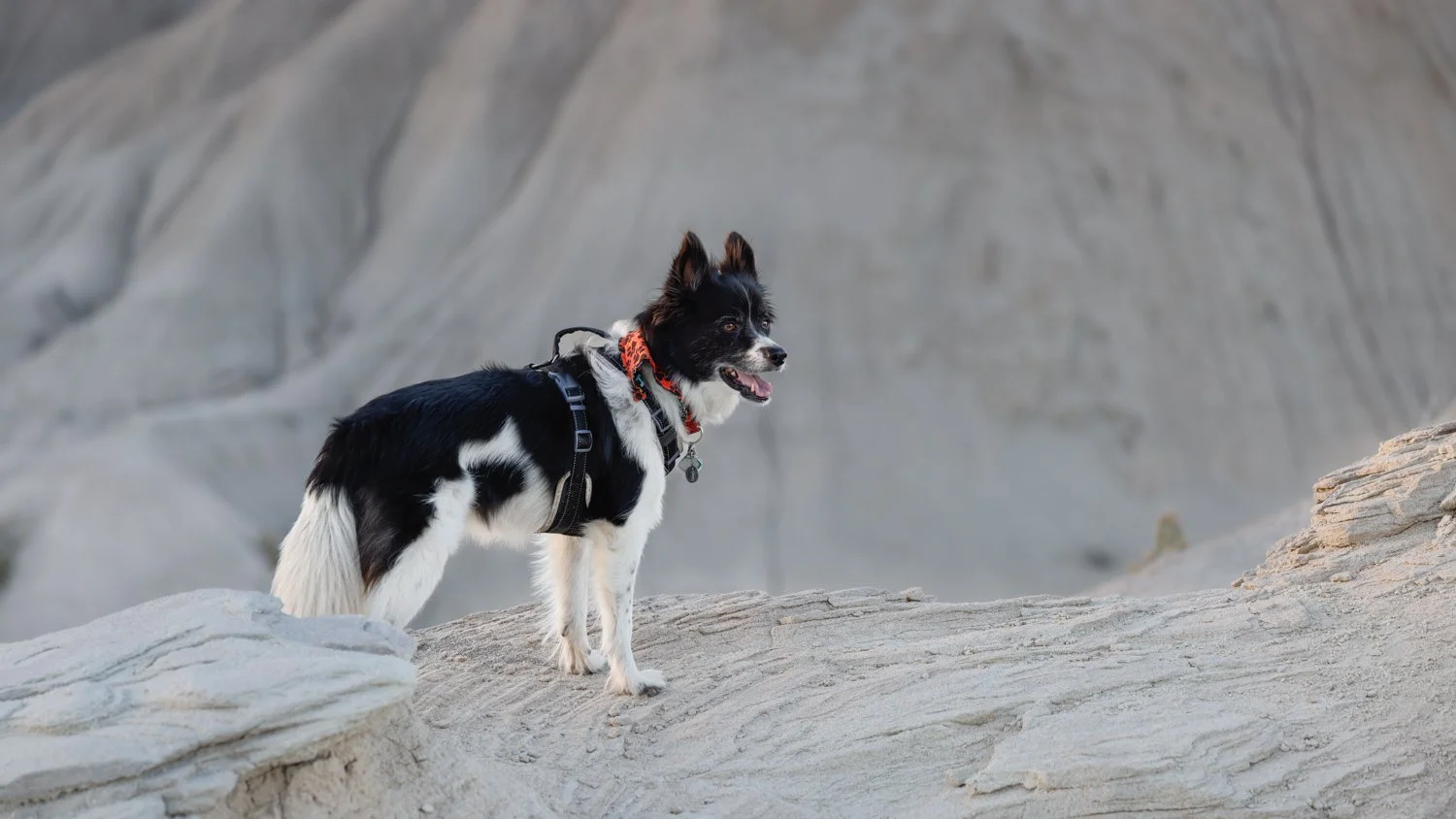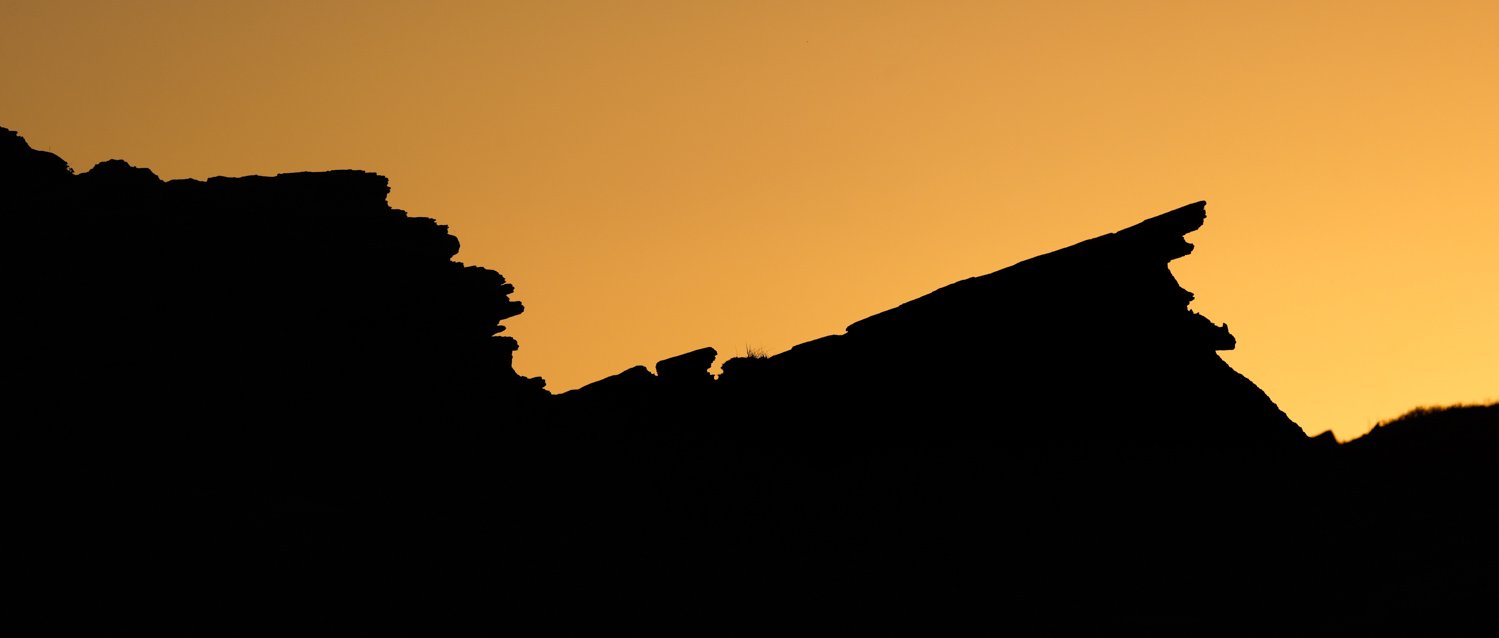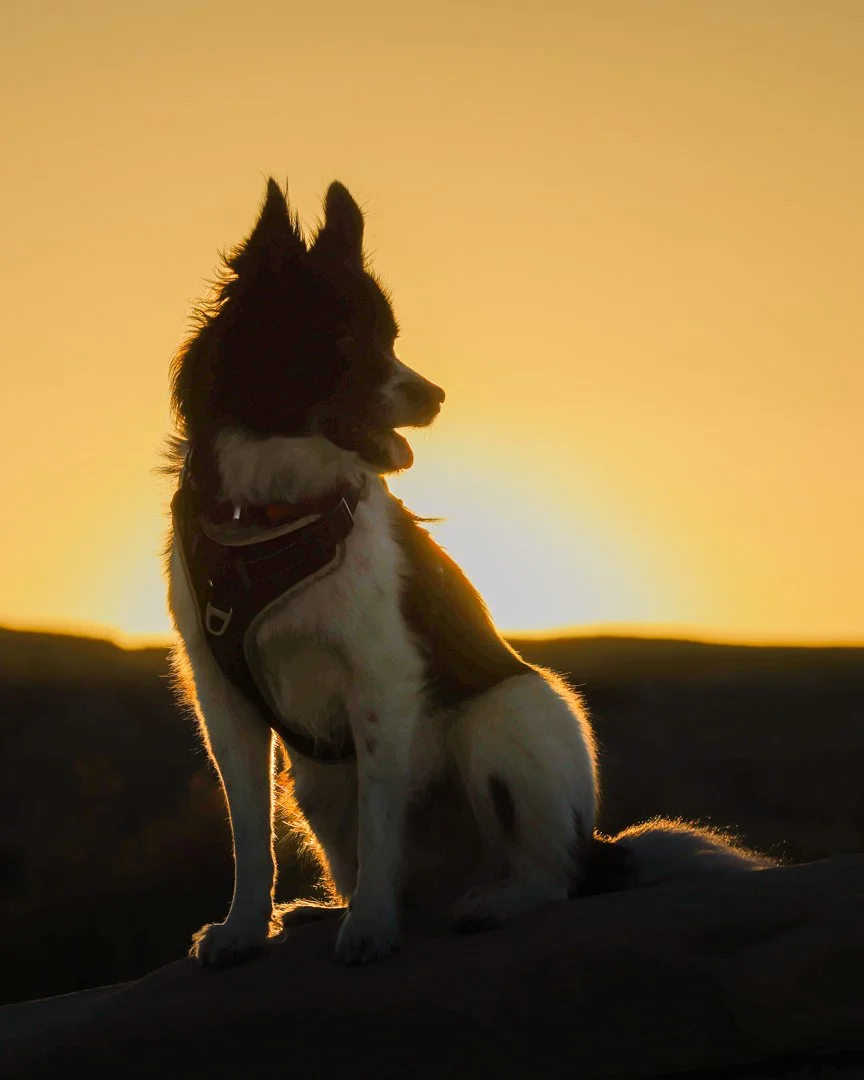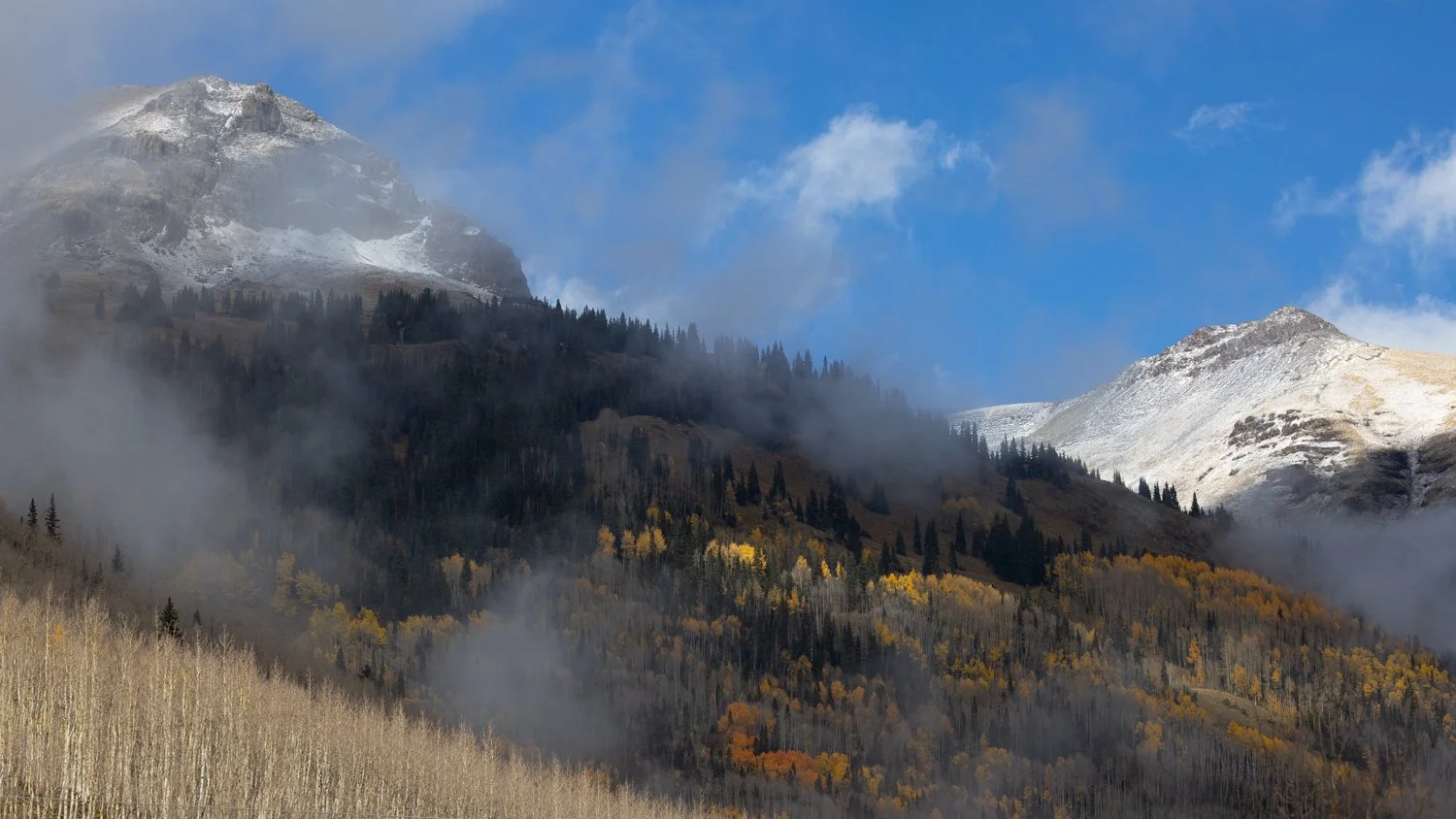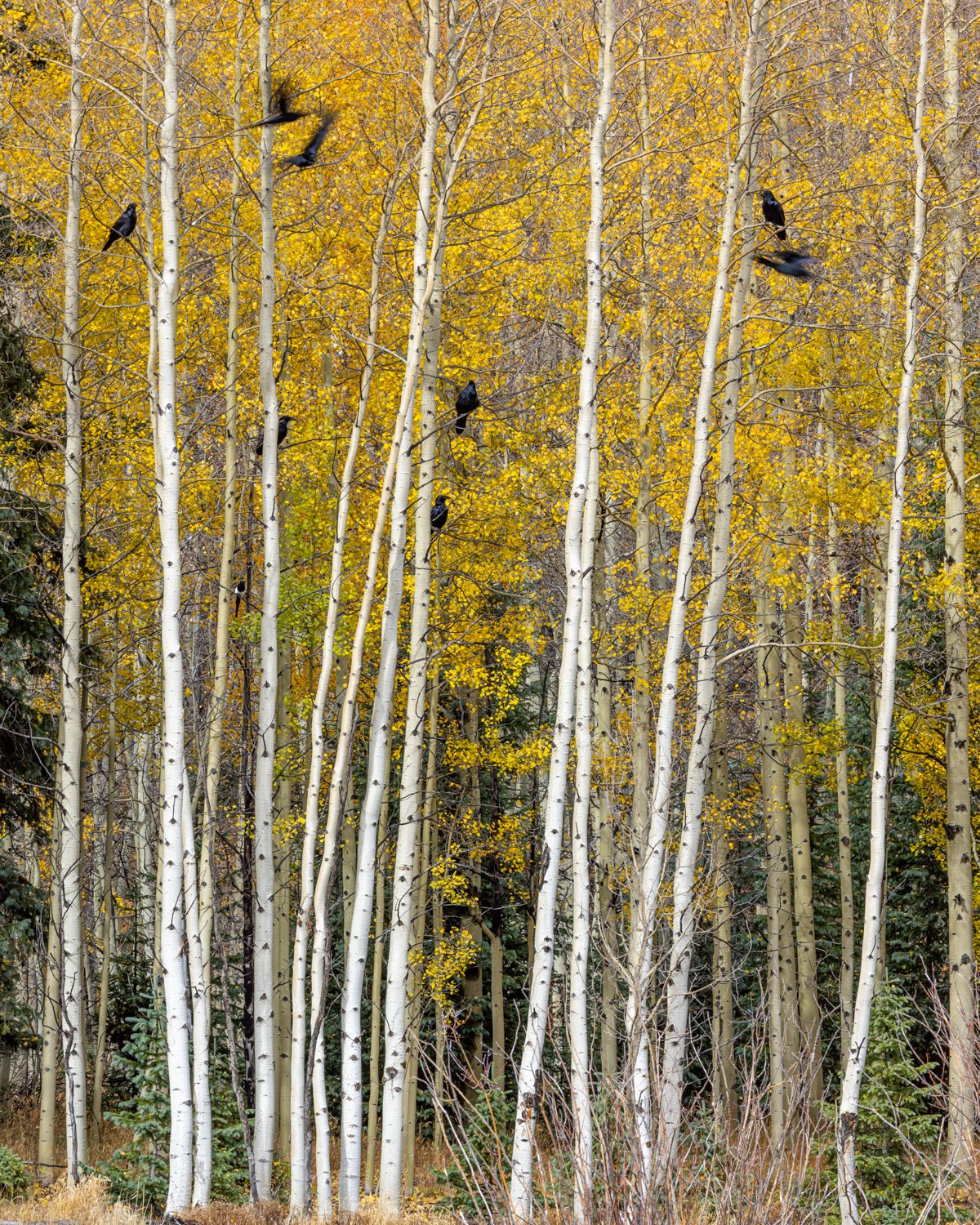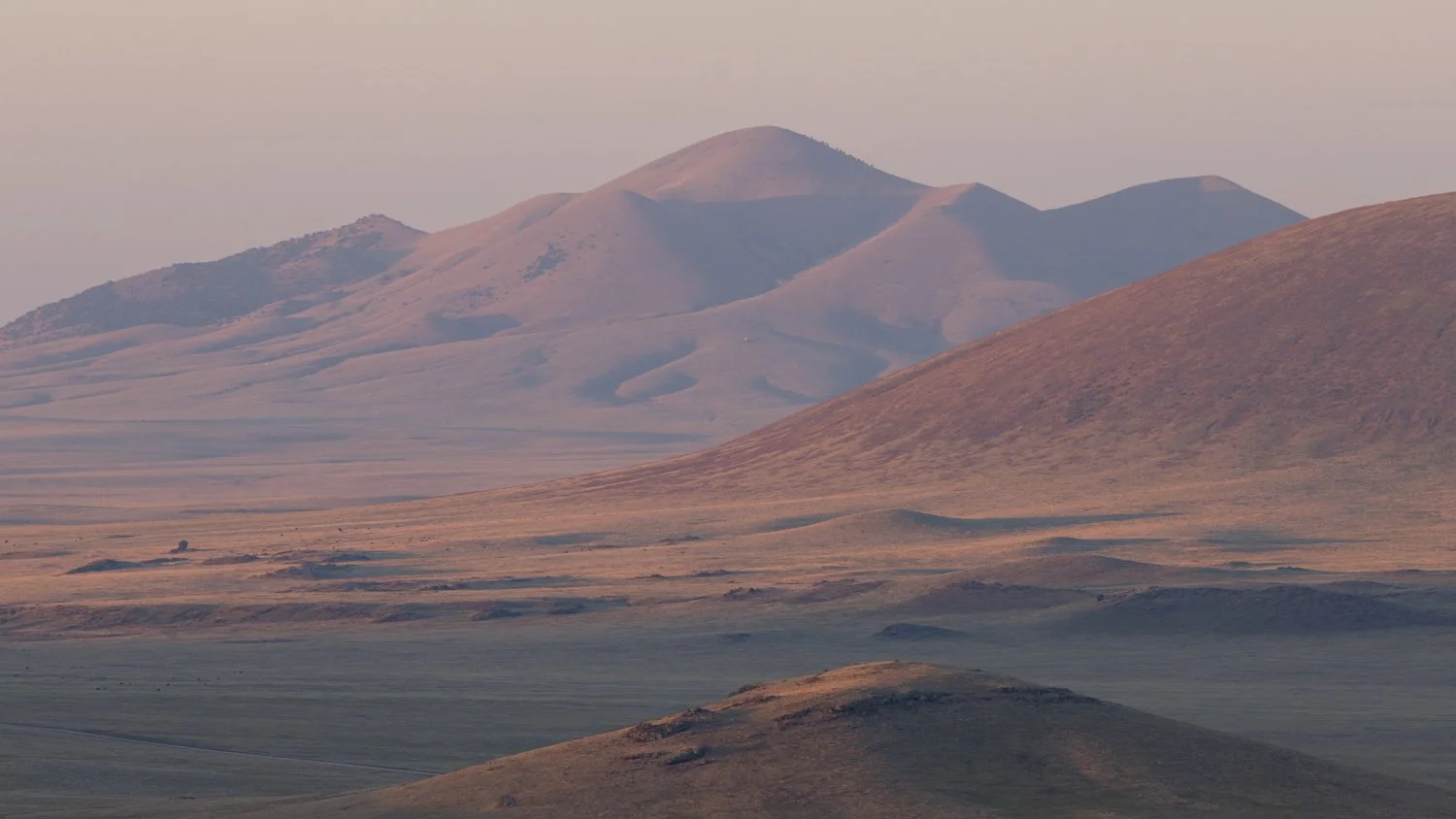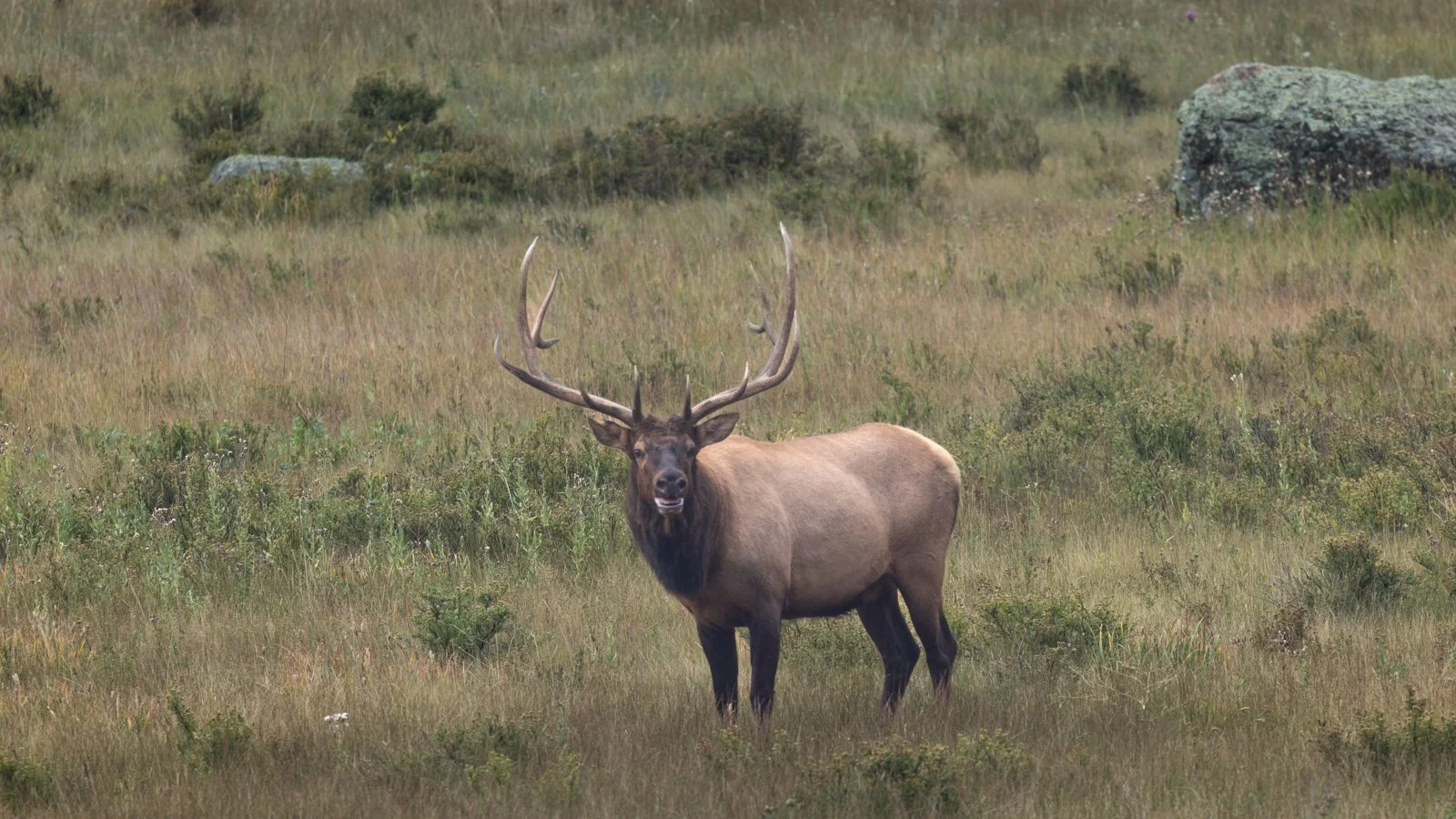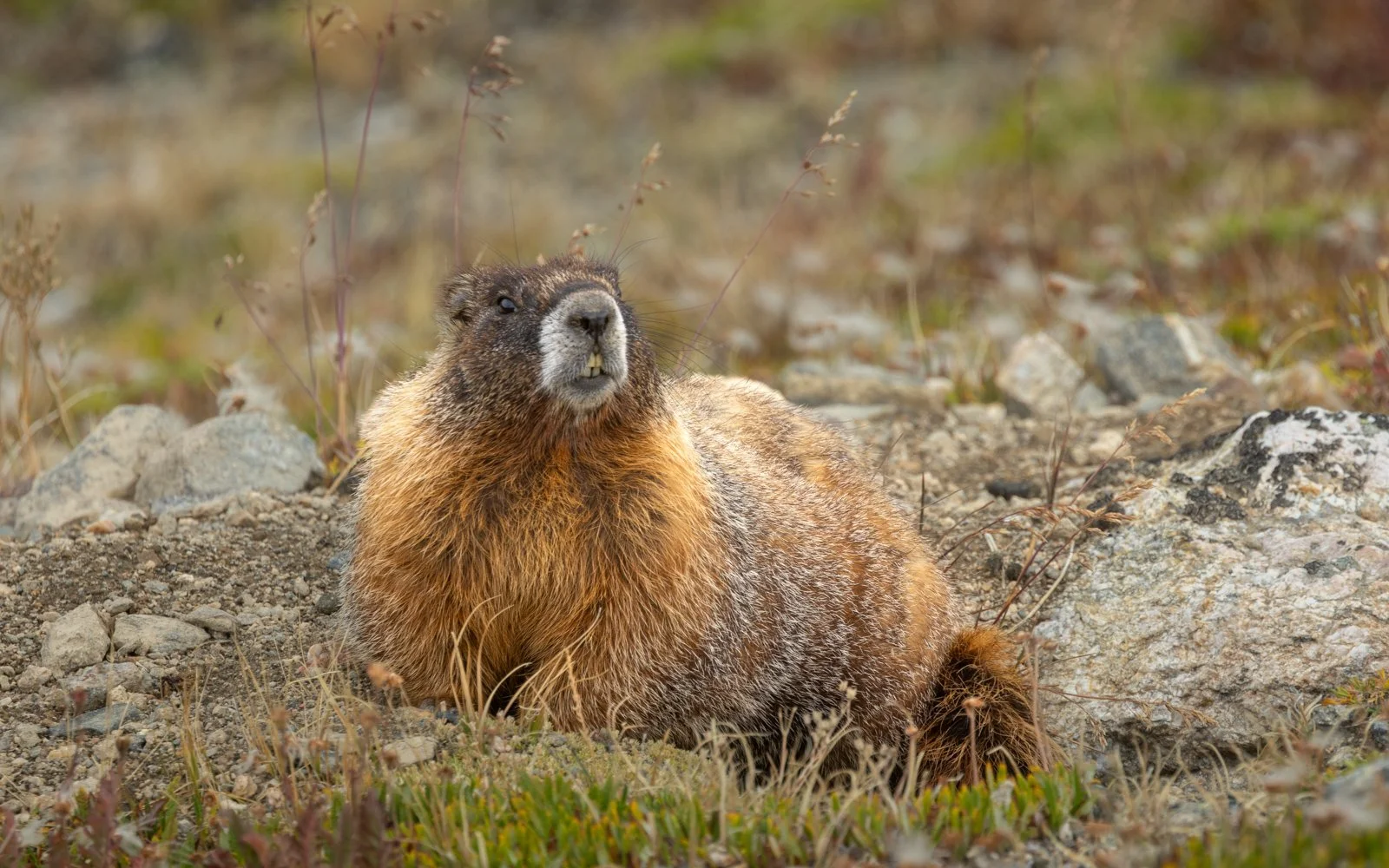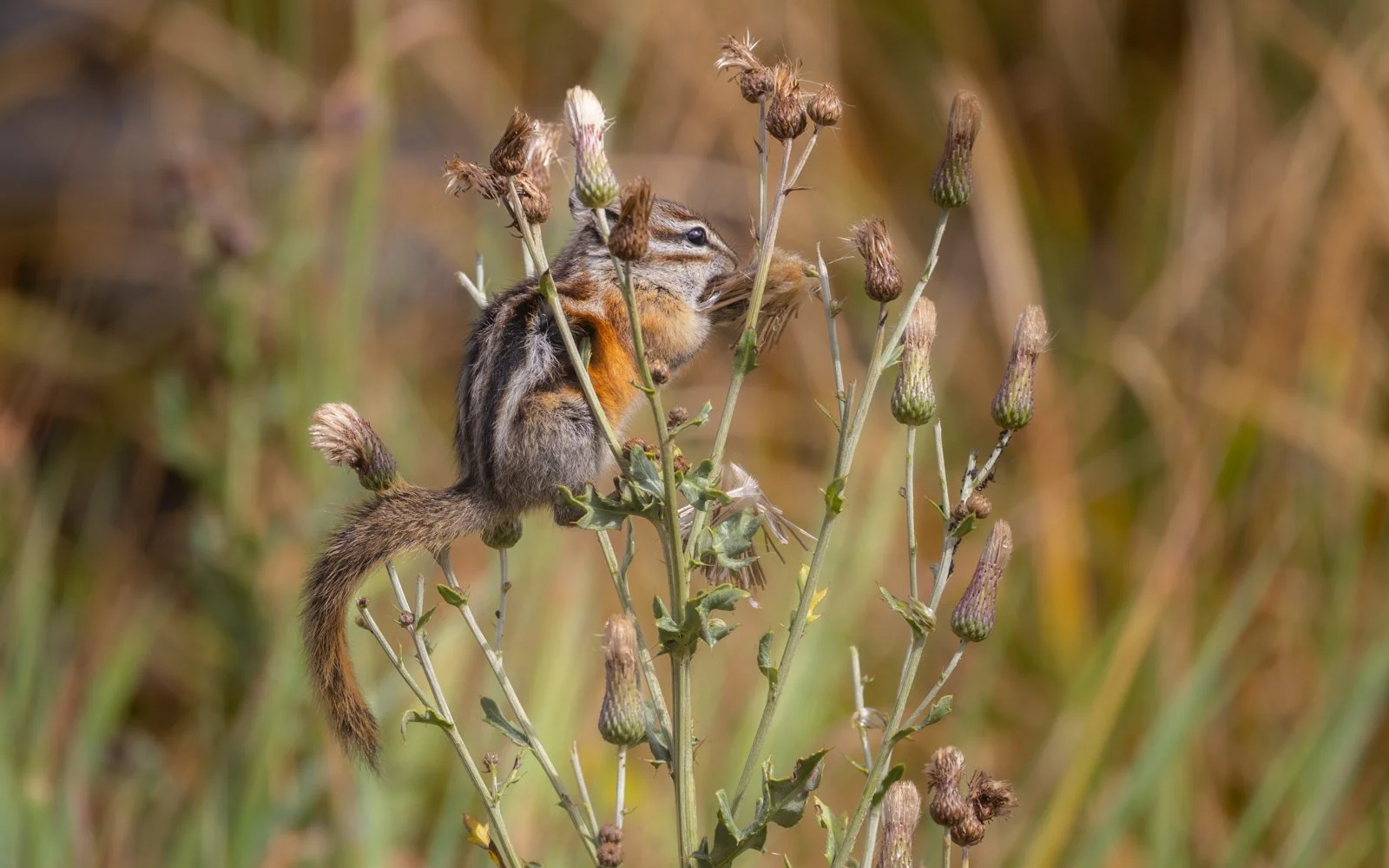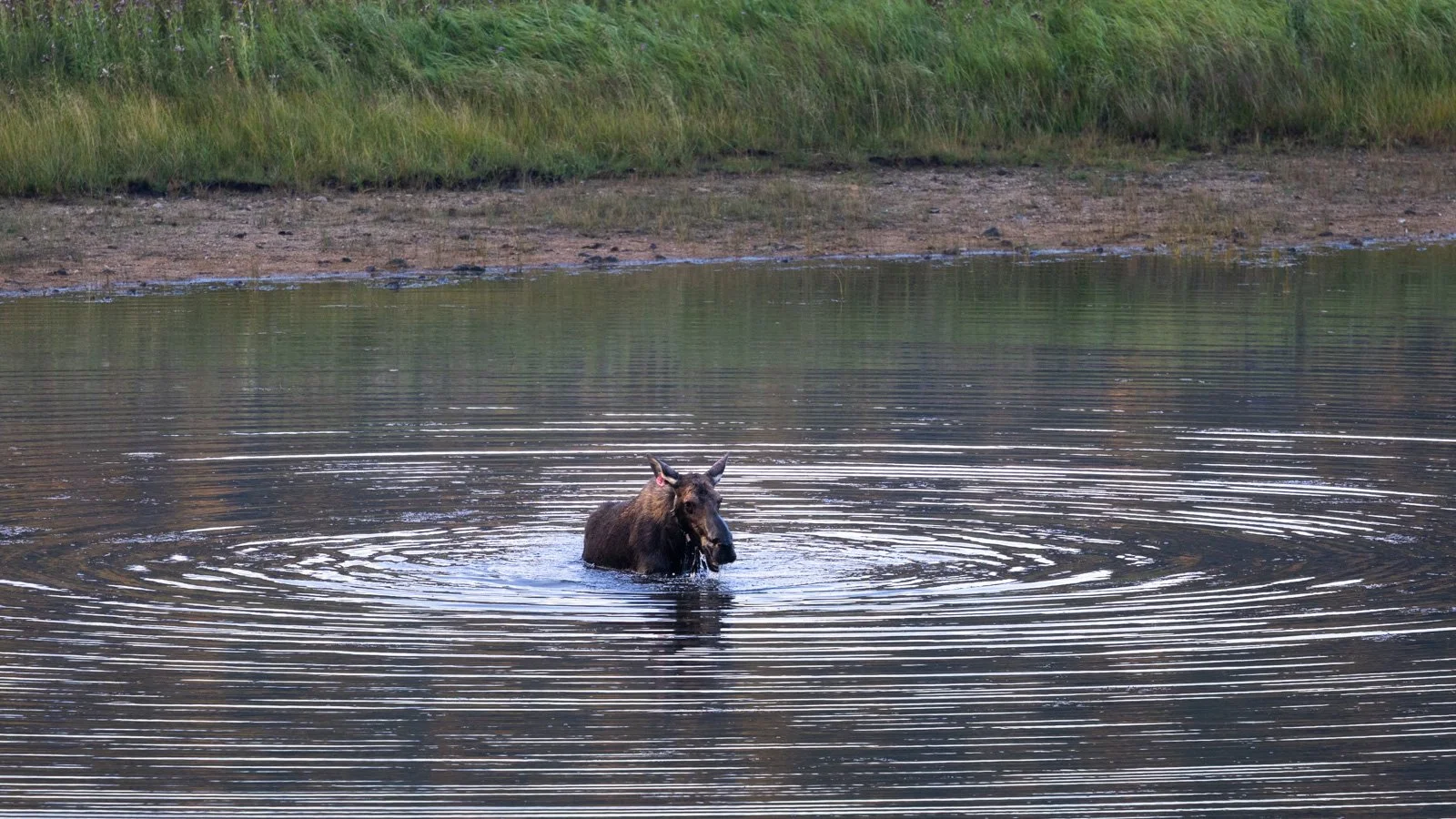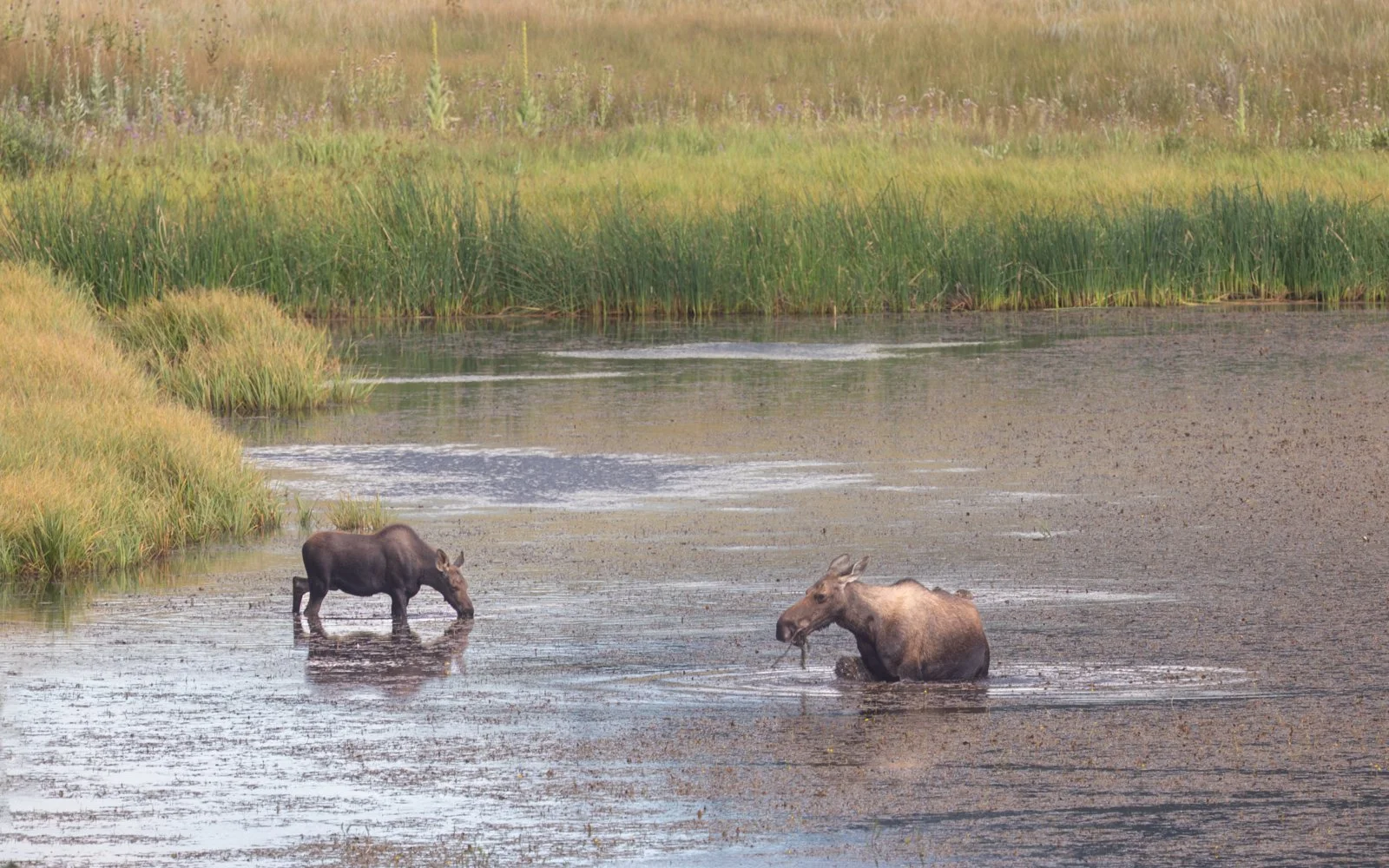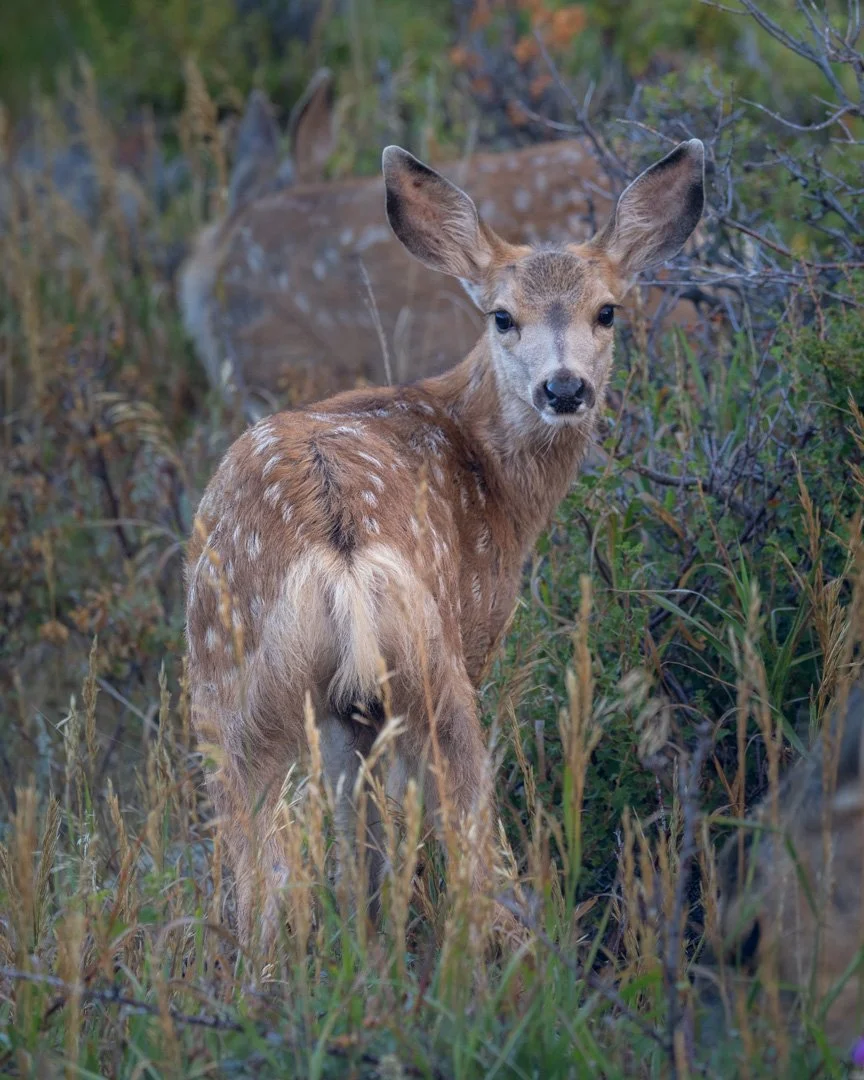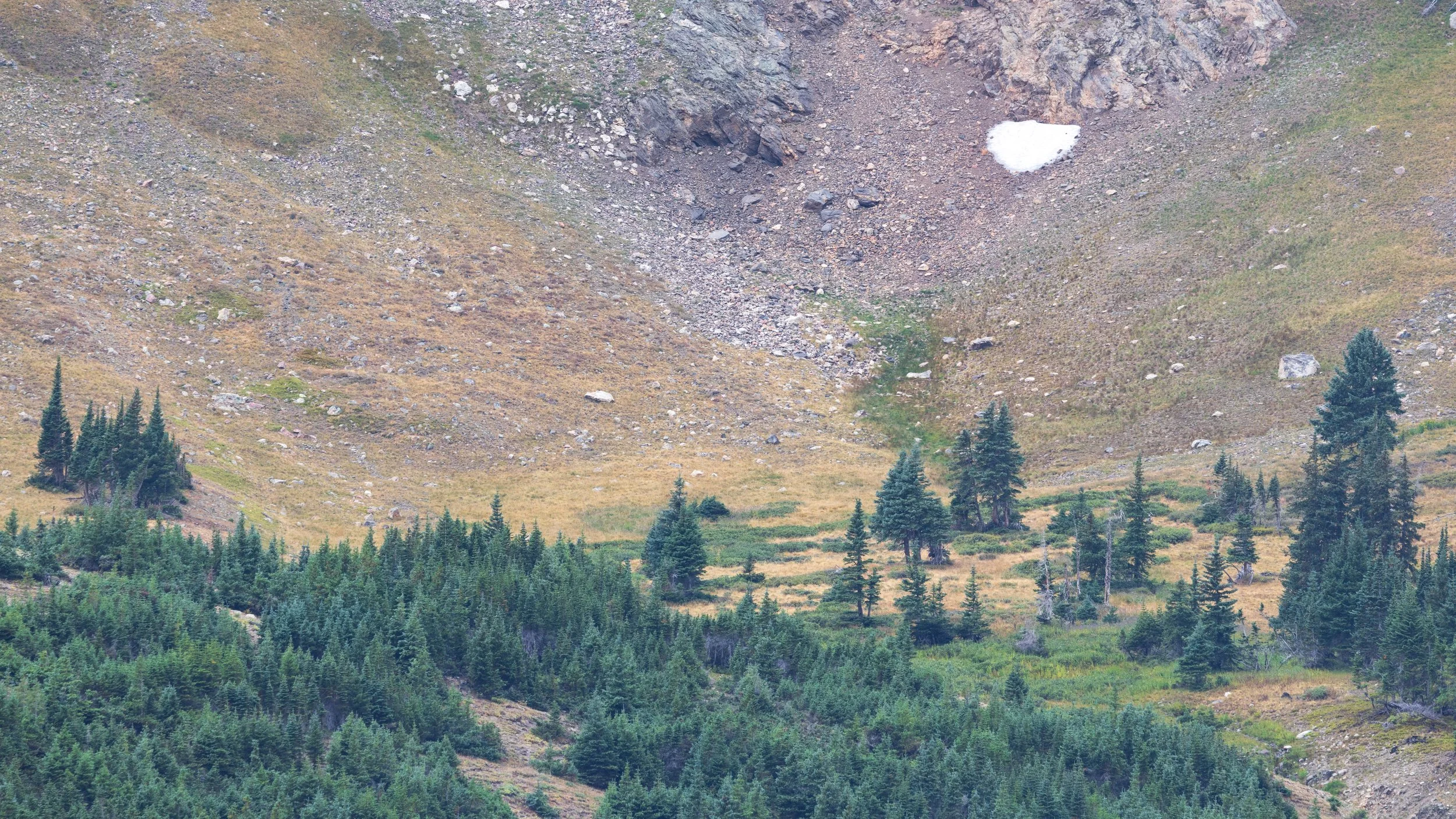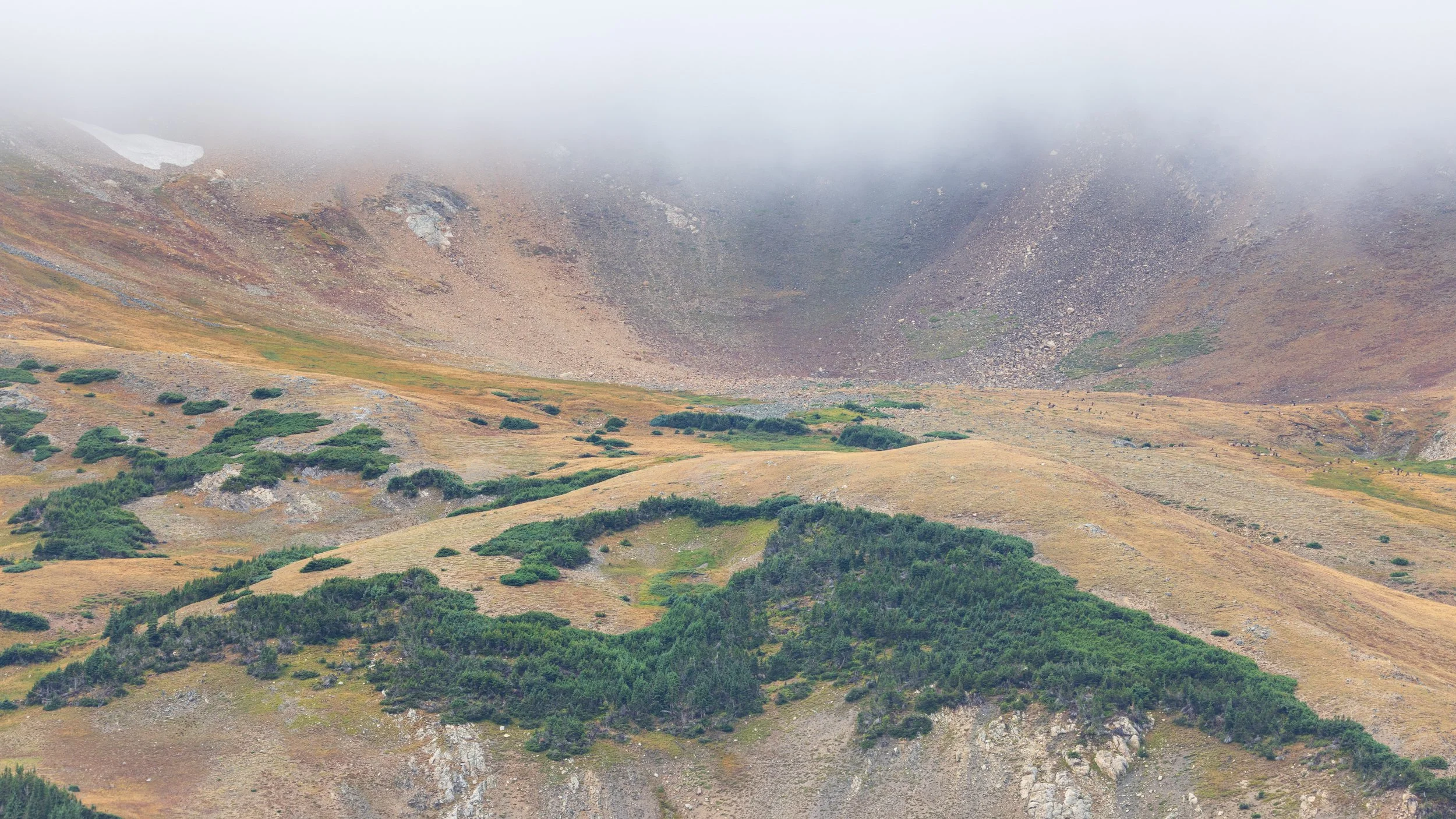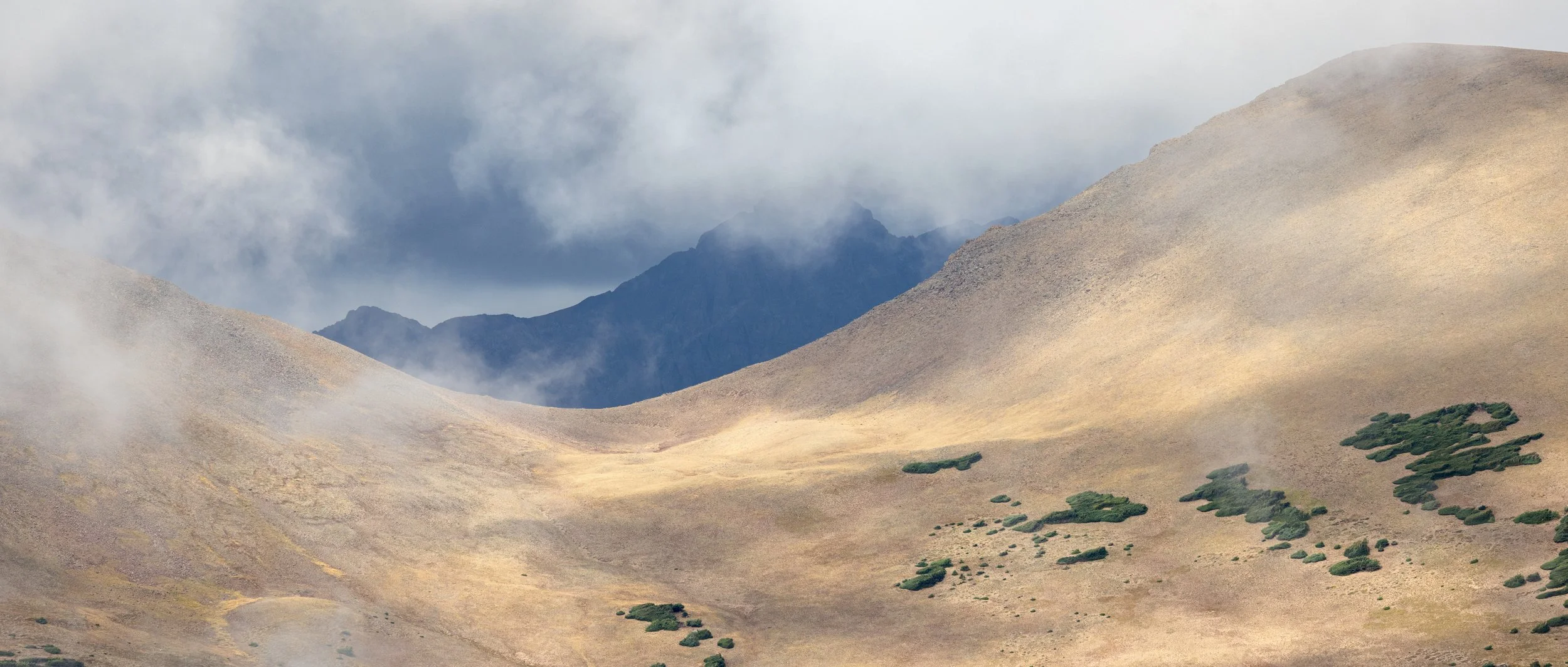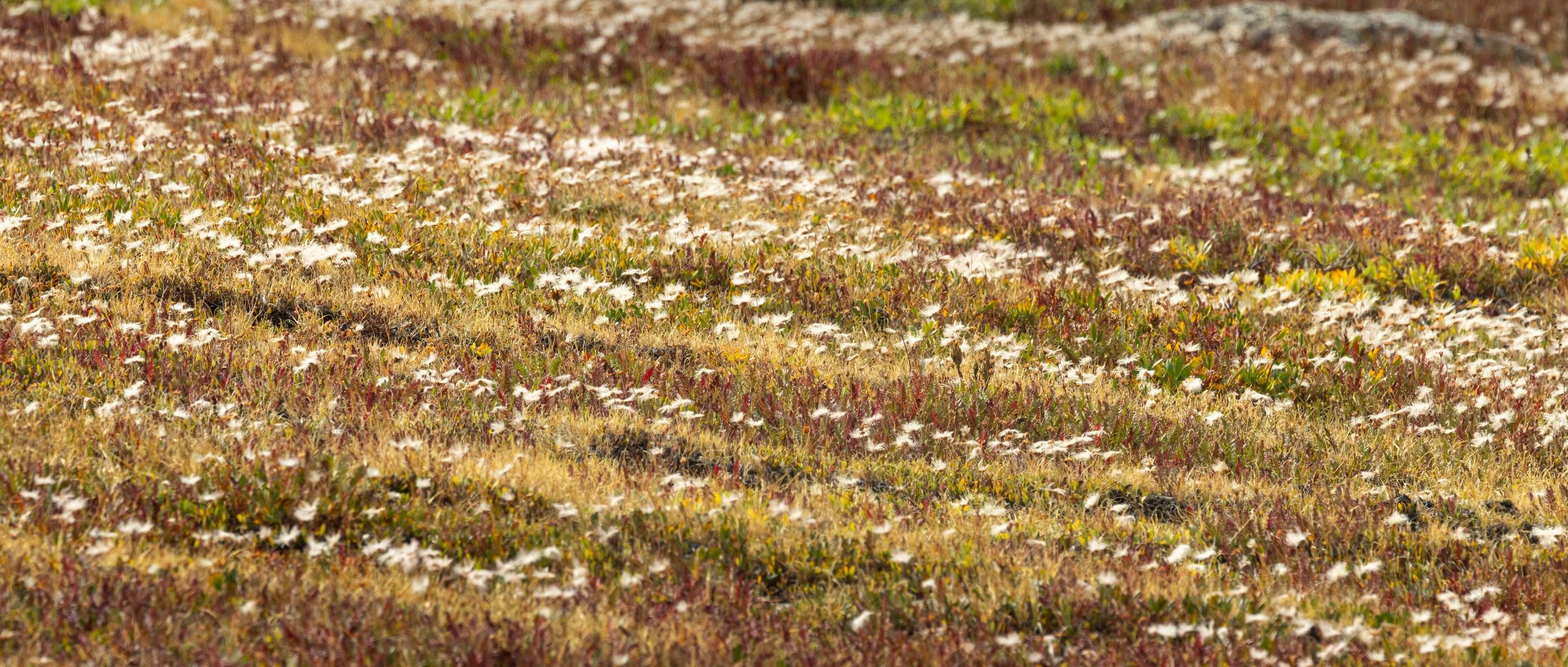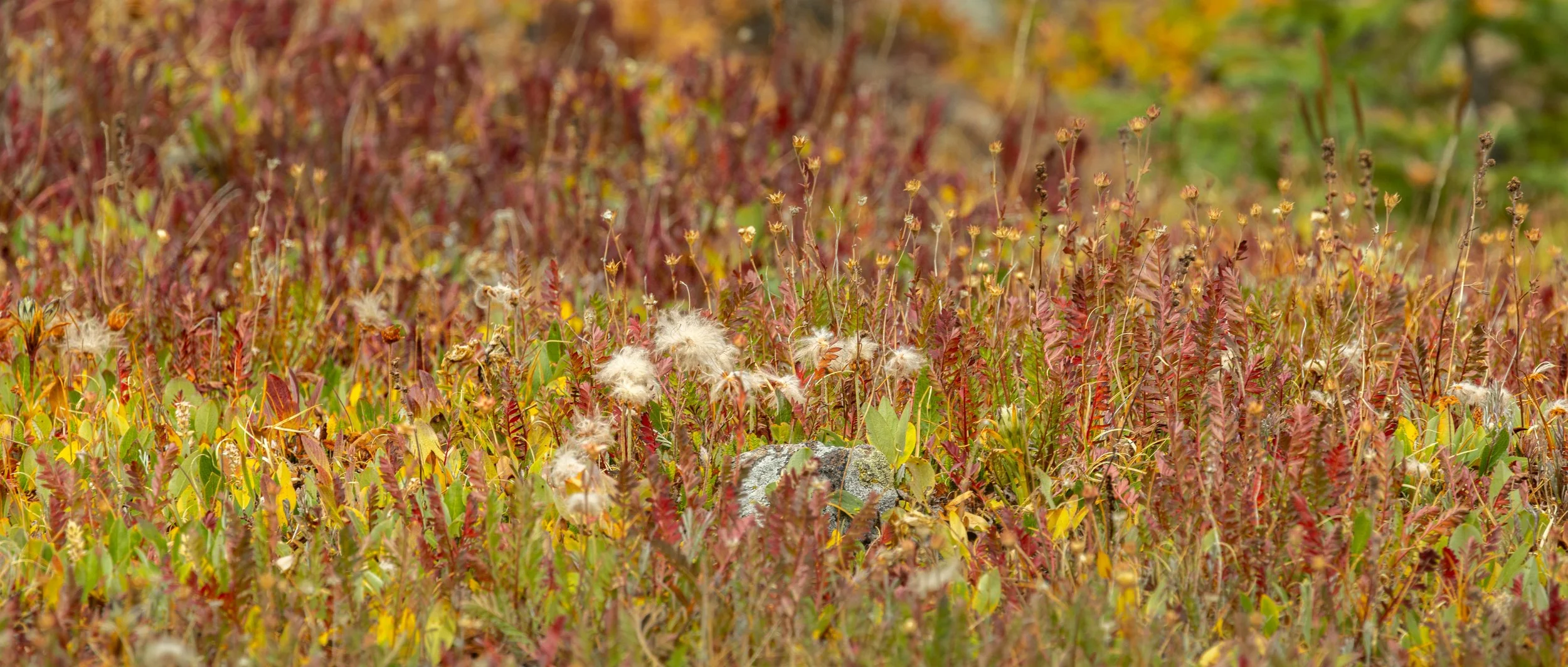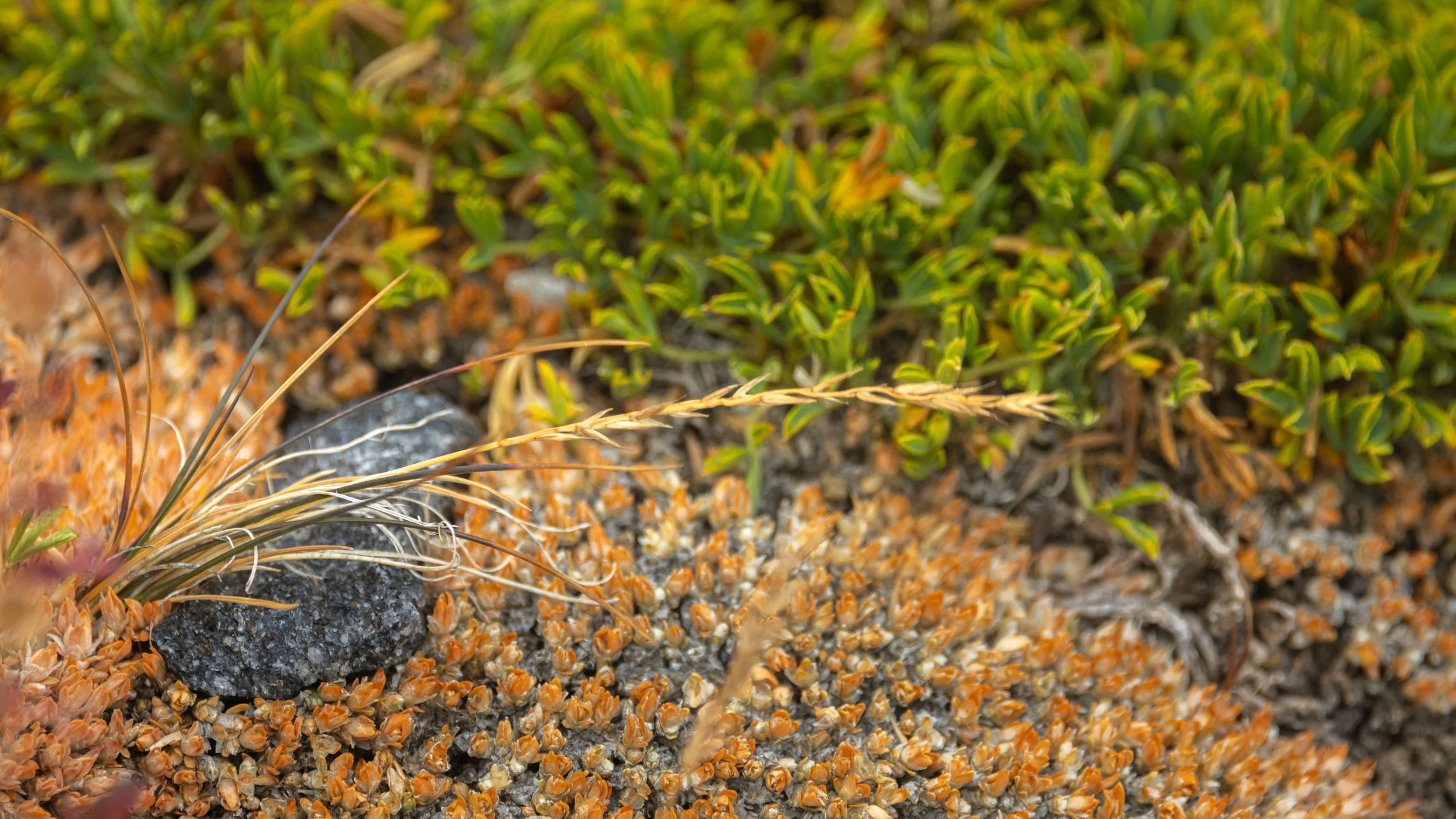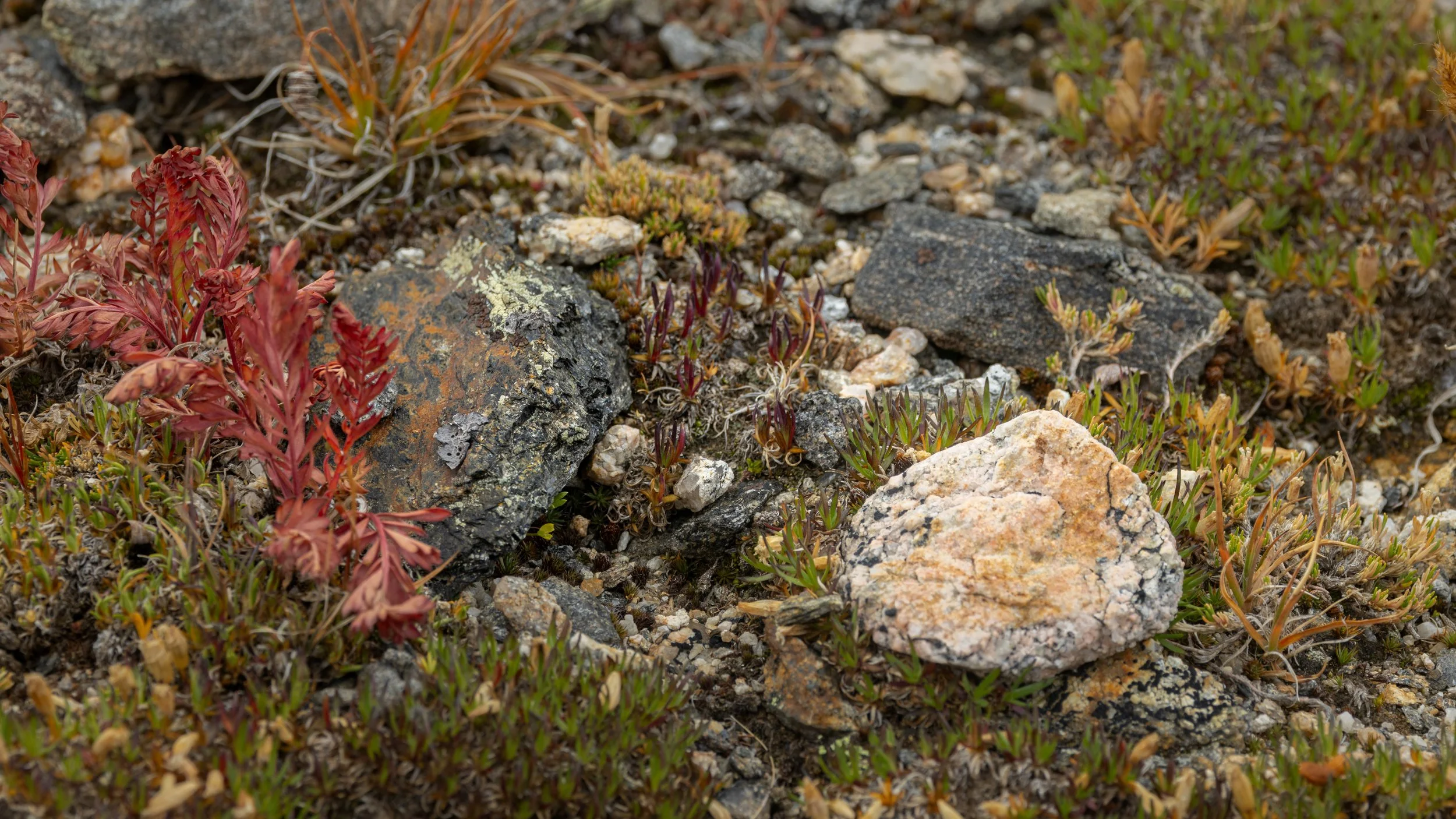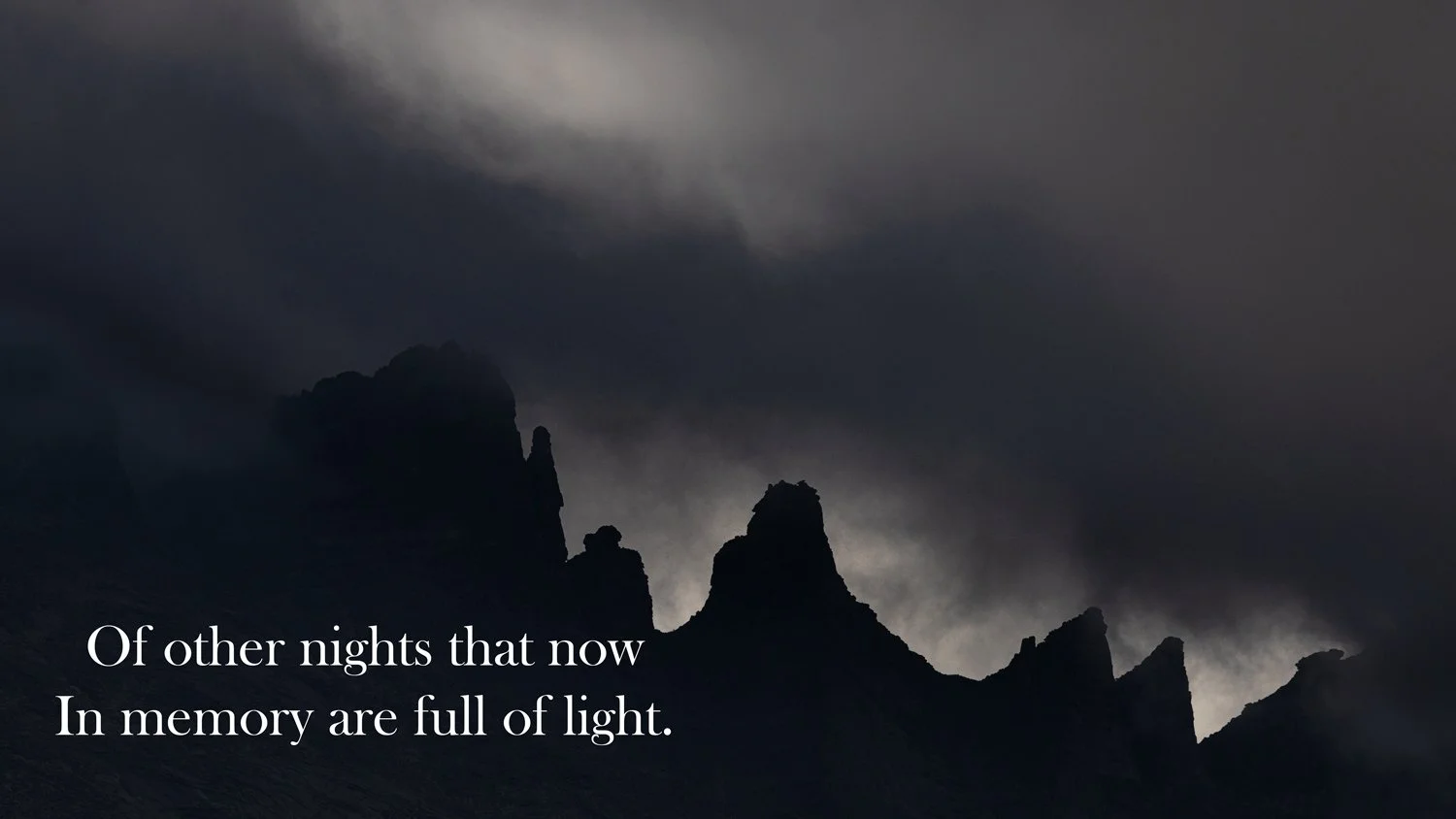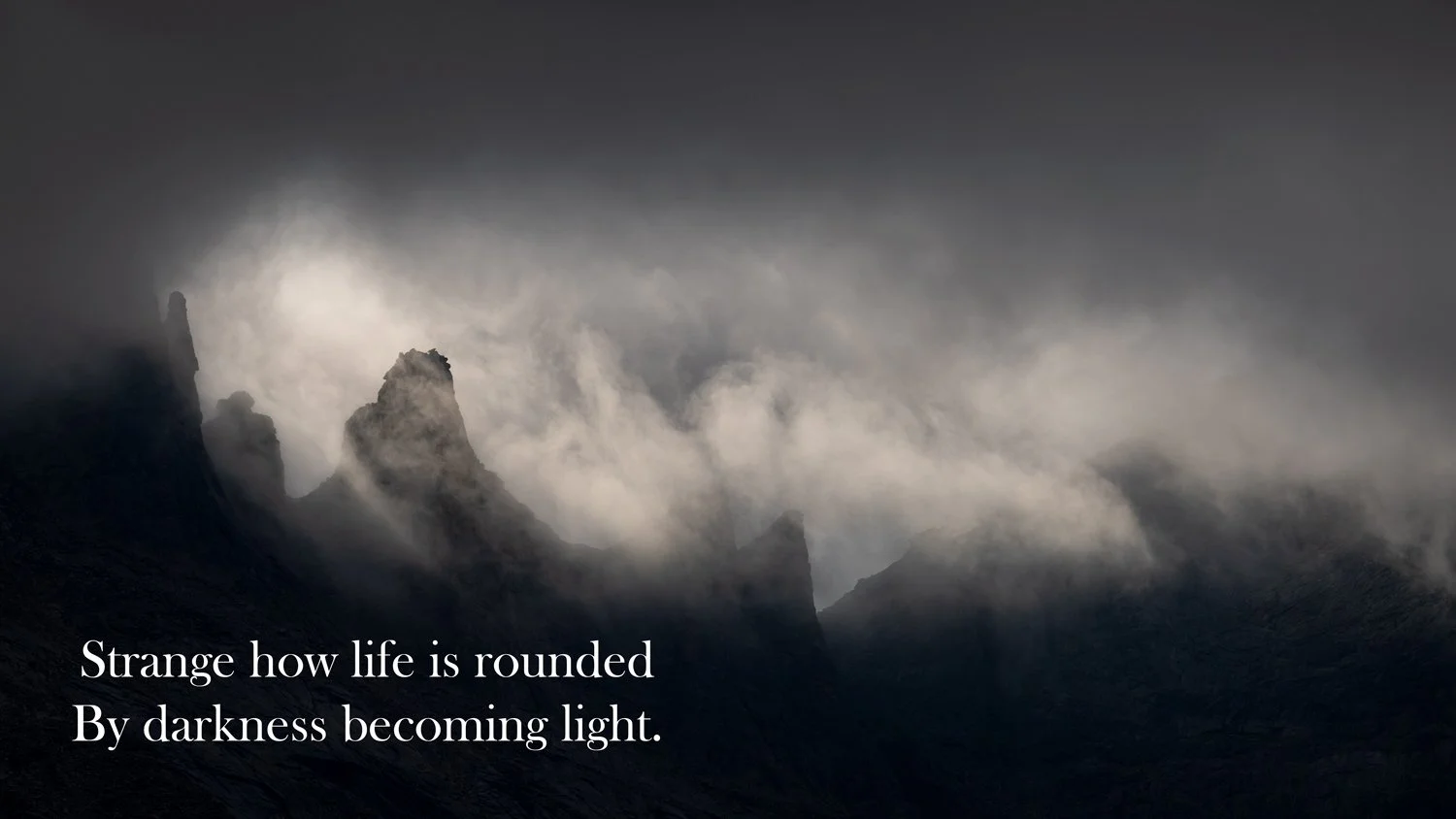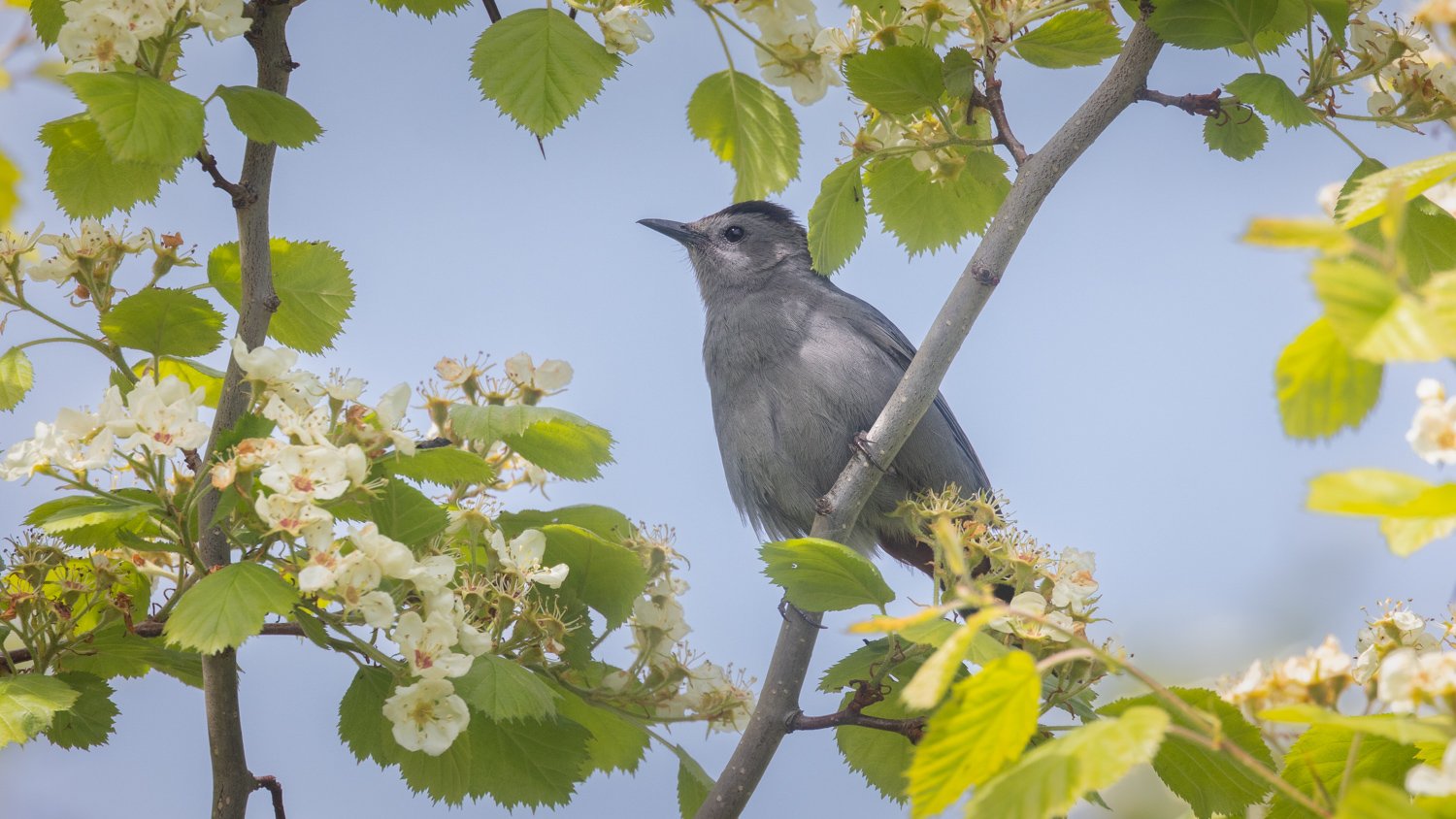While Navajo reservation land is currently in New Mexico, Arizona, and Utah, and the Ute have tribal land in southwest Colorado, and the Paiute assert rights to land in the area, the Navajo Blessingway graces all land. The Way of Harmony seeks to bless those on a journey. And mountains are a particular holy place for the Dineh. These are in southwest Colorado.
“Now I was surrounded by Sun’s surroundings,
when with the aid of a beautiful one I walked about,
Now I am long life, now happiness . . .
Behind me blessing is extended to mountains
Before me blessing is extended to the mountains
Below me blessing is extended to the earth
Above me blessing is extended to the sky
At dawn I walk.
Behind me it is blessed where I walk, before me it is blessed where I walk,
I walk, at dawn I walk.”
Text Blessing Way: With Three Versions of the Myth Recorded and Translated From the Navajo, Fr. Berard Haile, O.F.M., 1970
